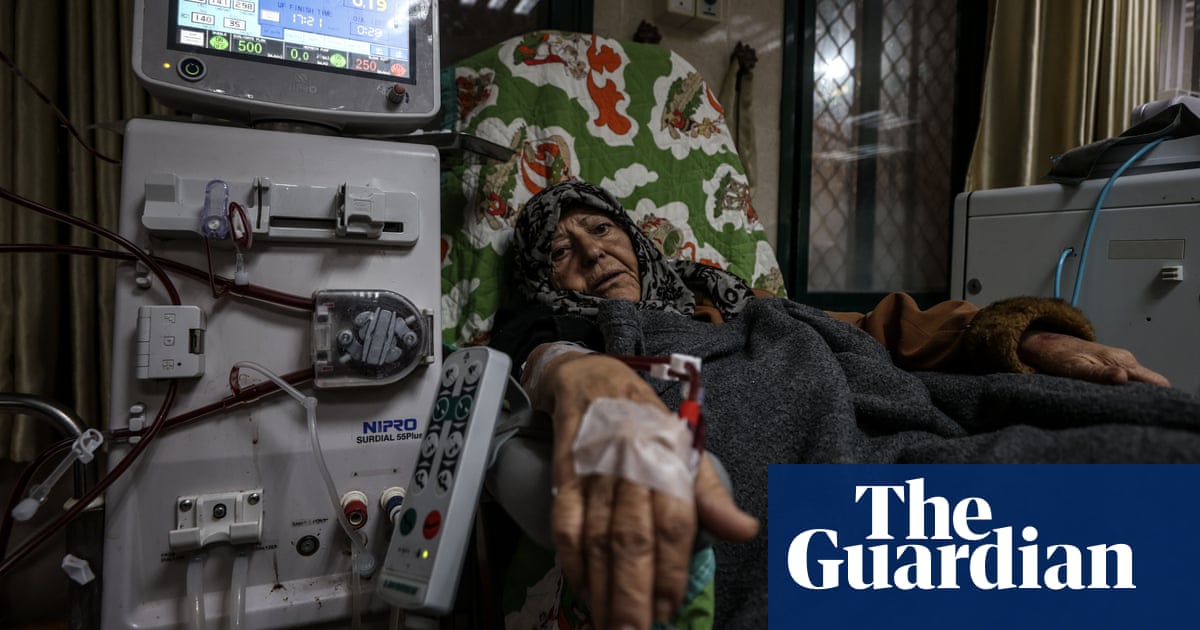
The climate crisis may pose the greatest risks to people with respiratory illnesses, with high temperatures and changing weather patterns exacerbating lung health problems, experts have said.
Respiratory experts have called on the EU to lower its regulatory limits for air pollution in line with the World Health Organization (WHO). In a European Respiratory Journal editorial, they said: “We need to do all we can to help alleviate patients’ suffering.”
They added that the impact of the climate emergency and human health had become interlinked and was now “irreversible”. An increase in pollen and other allergens as well as wildfires, dust storms and fossil fuel-based traffic all worsen existing respiratory conditions or can create new ones, the authors wrote in the peer-reviewed paper.
Air pollution is estimated to have killed 6.7 million people globally in 2019 and 373,000 in Europe, with greenhouse gases and air pollution sharing many of the same sources.
“Climate change affects everyone’s health, but arguably, respiratory patients are among the most vulnerable,” said Zorana Jovanovic Andersen, a professor of environmental epidemiology at the University of Copenhagen and an author of the report. “These are people who already experience breathing difficulties and they are far more sensitive to our changing climate. Their symptoms will become worse, and for some this will be fatal.”
Children are more affected by the climate crisis and air pollution because their lungs are still developing, they breathe faster and they inhale two to three times more air than adults while spending more time outdoors.
Exposure to air pollution early in life could make it more likely that people develop chronic lung diseases later on, such as chronic obstructive pulmonary disease or bronchitis from smoking, the authors said.
Cutting greenhouse gas emissions and stopping the planet from further heating would lead to “substantially larger and more immediate benefits”, the authors wrote, as people’s health would swiftly improve as air becomes cleaner.
Jovanovic Andersen added: “We all need to breathe clean, safe air. That means we need action from policymakers to mitigate impacts of climate change on our planet and our health. As respiratory doctors and nurses, we need to be aware of these new risks and do all we can to help alleviate patients’ suffering.”
Recent WHO reports have said that reducing emissions would result in better air quality, therefore regulating air pollution should be “at the heart” of any climate strategy, the authors wrote.
On behalf of the European Respiratory Society, which represents more than 30,000 lung specialists from 160 countries, the authors want the EU to bring its air quality standards in line with the WHO.
The EU’s limits are 25 micrograms a cubic metre for fine particles (PM2.5) and 40 micrograms a cubic metre for nitrogen dioxide, compared with the WHO’s five micrograms a cubic metre for PM2.5 and 10 micrograms a cubic metre for nitrogen dioxide.
The UK government has set a target of 10 micrograms a cubic metre for PM2.5 by 2040, claiming it was impossible to match the WHO guidelines because of emissions blowing over the English Channel and from shipping.
“As recent extreme weather events have shown, we need to prepare our community for a much more complex future adapting to the ever-increasing impact of climate-related respiratory disease,” Jovanovic Andersen co-wrote in another recent review.












